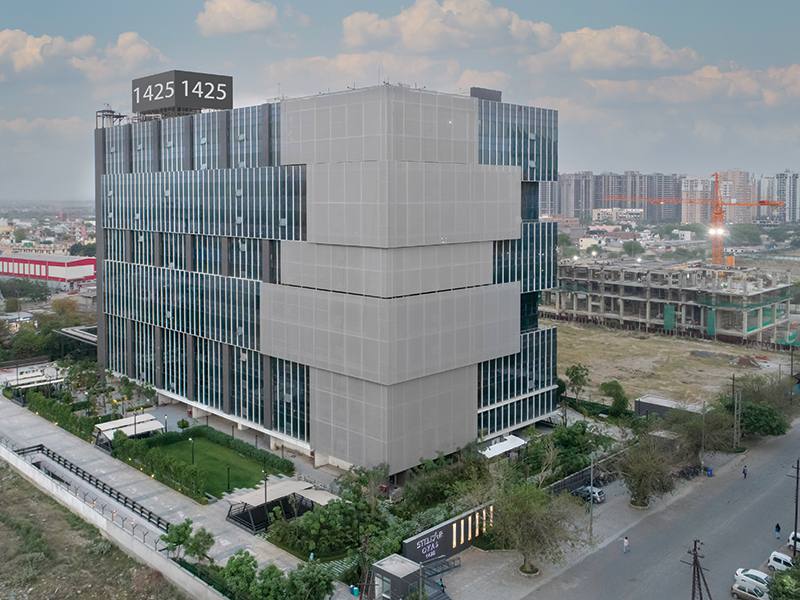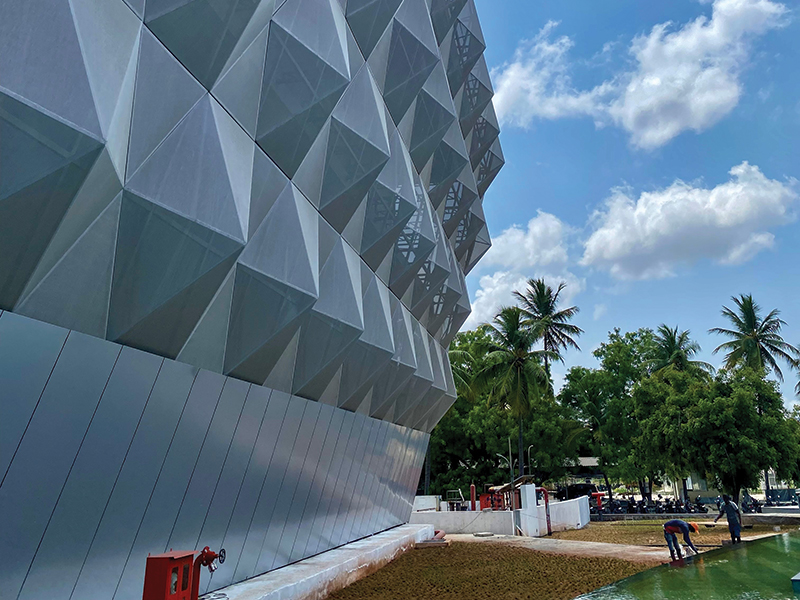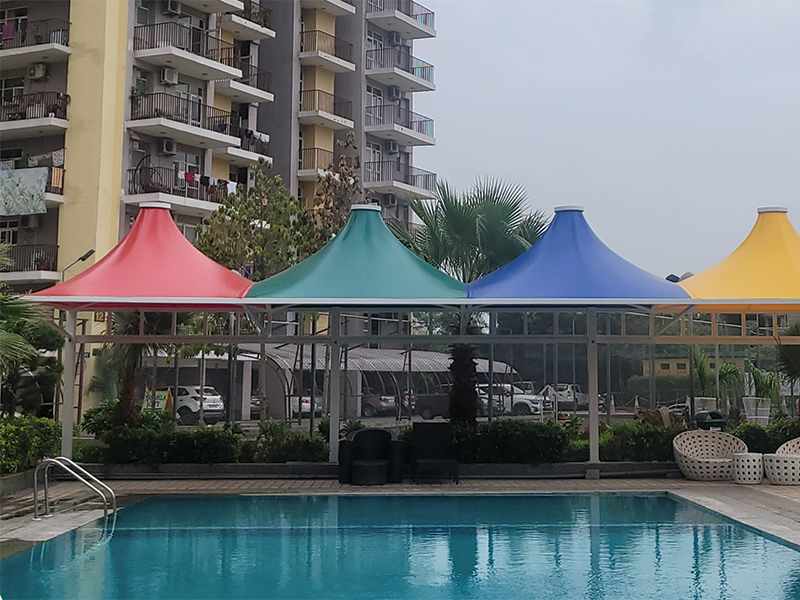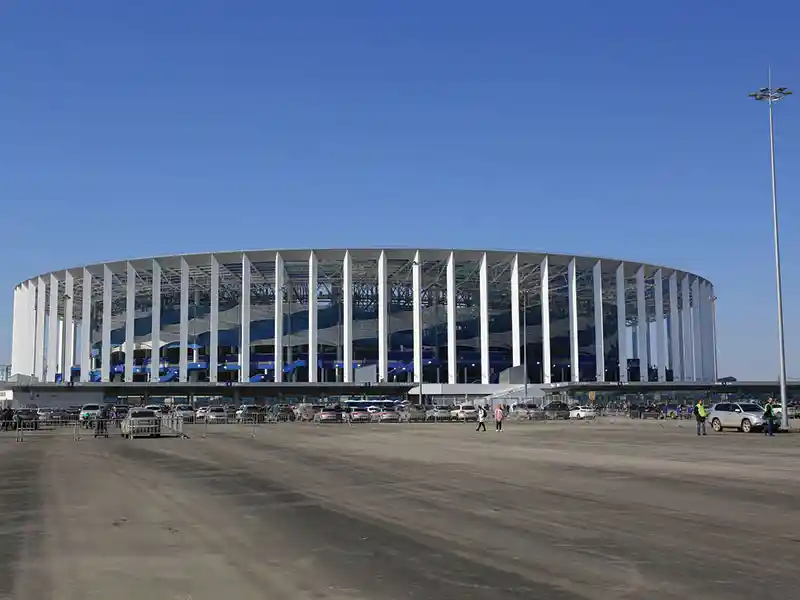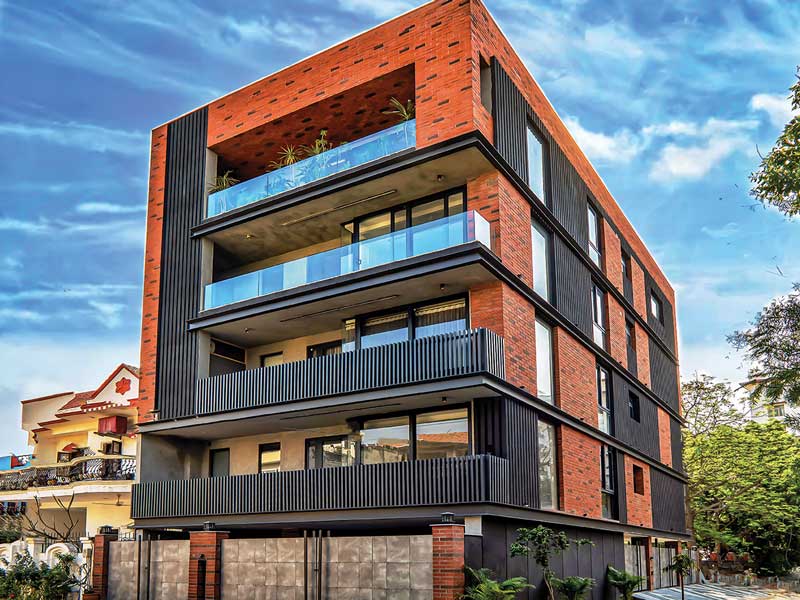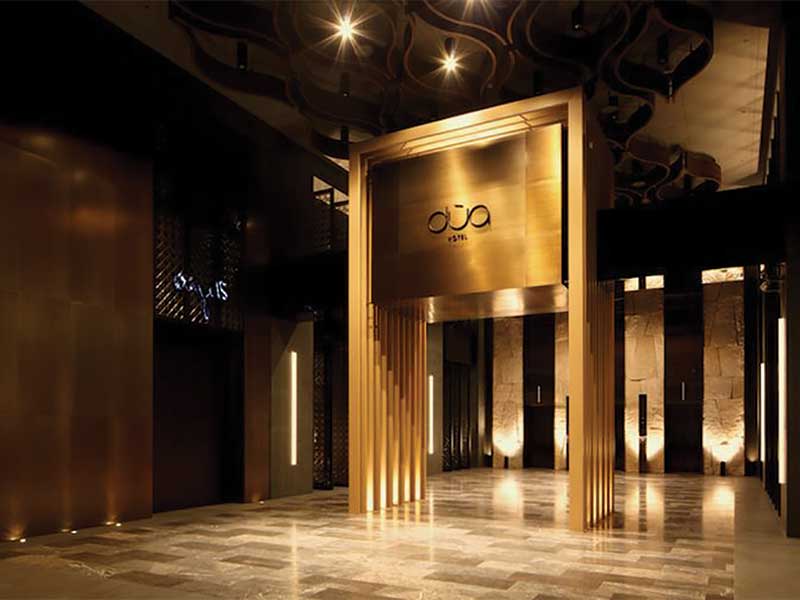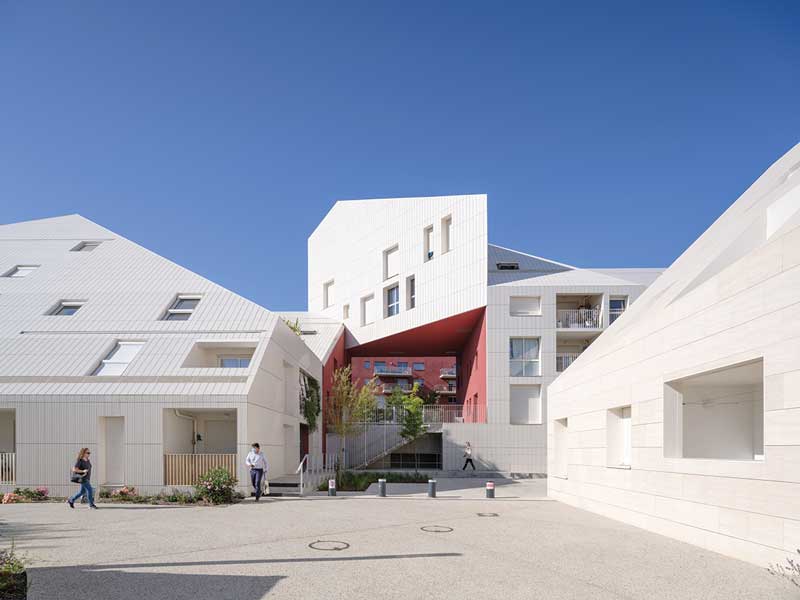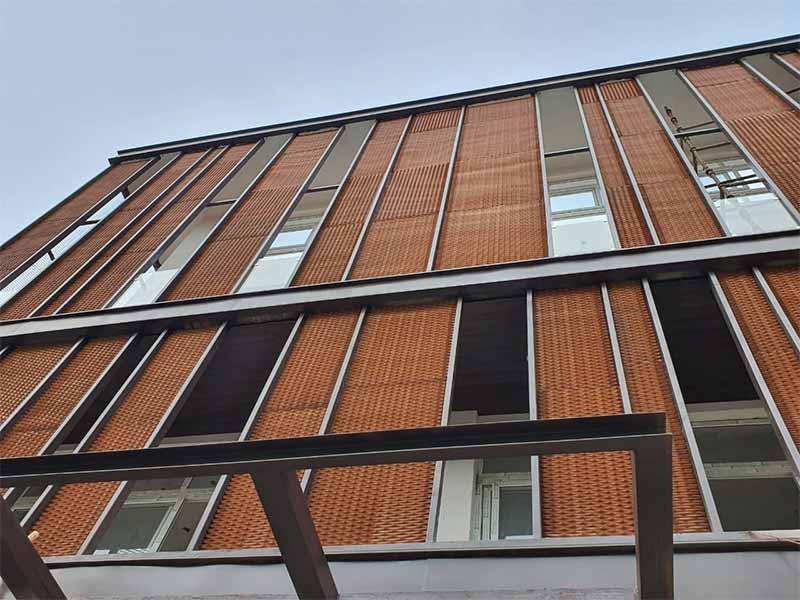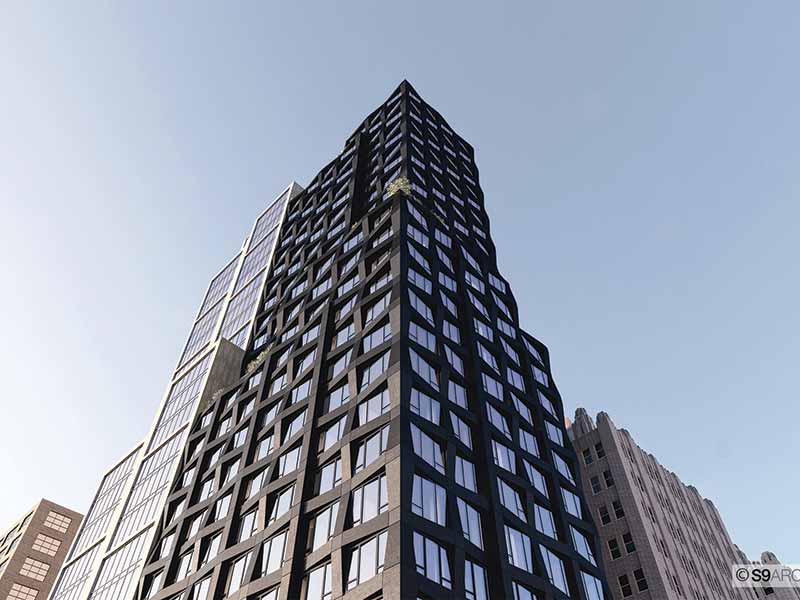
Green products: Architects and designers today aim to design and construct their structures so that they are more energy-efficient and sustainable. The importance of LEED rating has picked up tremendously in the emerging markets, and it is this environment which fosters the development of new products, which help architects achieve an eco-friendly design. In fact, the green product market is a rapidly developing area in advanced countries.
Smart facades: With the advent of wireless technology, something as static as a façade can be turned into a more dynamic building element. This could have several uses – adjust its form to suit the changing weather conditions during the day. Static facades would rely on extra resources such as cooling or heating – to balance the opposing external forces. This leads to added energy requirements – ultimately diminishing the ‘green’ factor of the building. But with intuitive smart facades, it is a different story. They will shape and reshape their form to suit the external environment, such that the end result is conducive to a better ambient internal environment. This in turn leads to reduced energy bills. In other words – a 'kinetic' façade.
AR in Facades: AR is augmented reality. This is a fledgling technology, but the uses and applications are endless. To think of something of this type being used in the façade industry is very exciting and futuristic. Our smartphones are sufficient to successfully apply this technology to a building cladding / façade. Typically, a cladding normally hides from view certain essential elements like pipes, cables, utility ducts etc. AR can help the maintenance team to pinpoint the problem area, if any
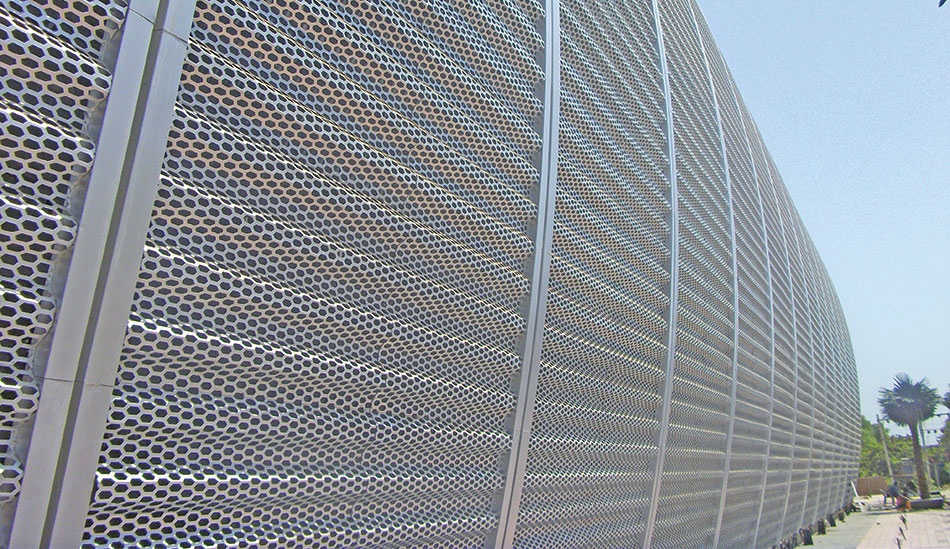
Balaji Agora Mall, Ahmadabad
IOT: Another application gaining pace and already implemented by several manufacturers of consumer goods such as ACs etc. Internet of Things or the IOT technology can be deployed in the façade industry to control the parameters of the cladding, and hence control the effect of external factors on the building. For example, controlling the ventilation or open area of the cladding of a ventilated system to allow only the desired amount of light / air to enter. All this can be done by an app in your smartphone.
Architects derive design inspiration from their surroundings and tend to design facades based on these cues. Emerging technology and tooling in the manufacturing sector helps these designs spring to life. More importantly, when the project involved is a large one, especially commercial, where the deadlines and project timelines are a key factor – better manufacturing technology is the key.
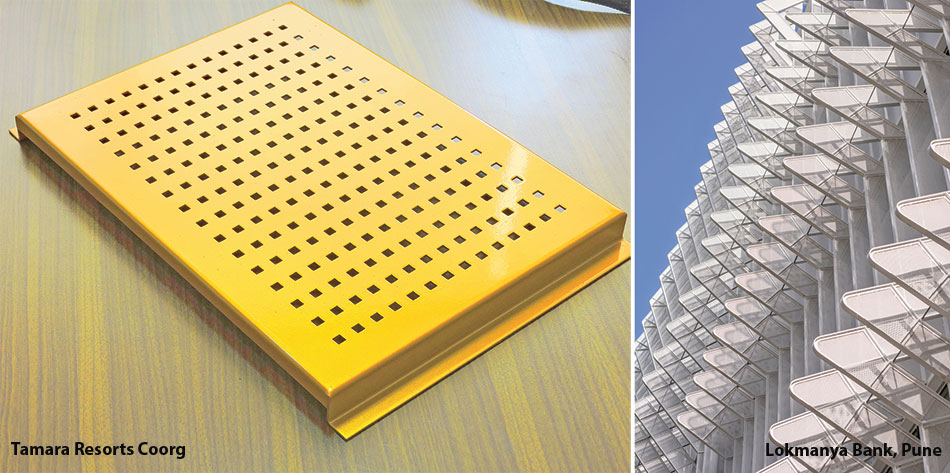
The world of Architecture and Construction has changed rapidly in the past few years, with the infusion of new technology in designing of various building elements. As we move to industry 4.0 – the newest industrial revolution taking shape, where data, productivity are closely monitored by manufacturers, architects will find a host of new products with emerging technology available to them in the near future.

